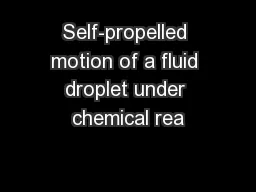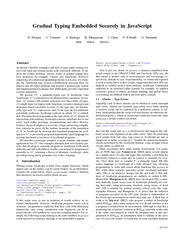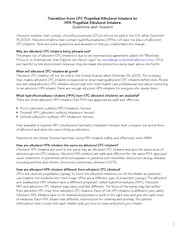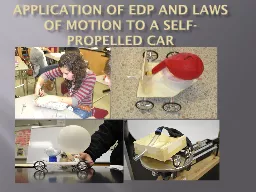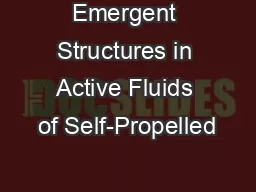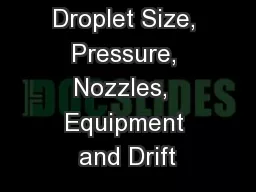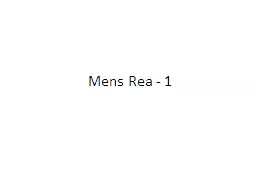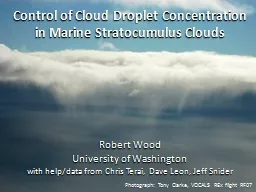PPT-Self-propelled motion of a fluid droplet under chemical rea
Author : alida-meadow | Published Date : 2016-06-23
Shunsuke Yabunaka 1 Takao Ohta 1 Natsuhiko Yoshinaga 2 1Department of physics Kyoto University 2 WPIAIMR Tohoku University arXiv12030593v1 nlinPS J Chem
Presentation Embed Code
Download Presentation
Download Presentation The PPT/PDF document "Self-propelled motion of a fluid droplet..." is the property of its rightful owner. Permission is granted to download and print the materials on this website for personal, non-commercial use only, and to display it on your personal computer provided you do not modify the materials and that you retain all copyright notices contained in the materials. By downloading content from our website, you accept the terms of this agreement.
Self-propelled motion of a fluid droplet under chemical rea: Transcript
Download Rules Of Document
"Self-propelled motion of a fluid droplet under chemical rea"The content belongs to its owner. You may download and print it for personal use, without modification, and keep all copyright notices. By downloading, you agree to these terms.
Related Documents

